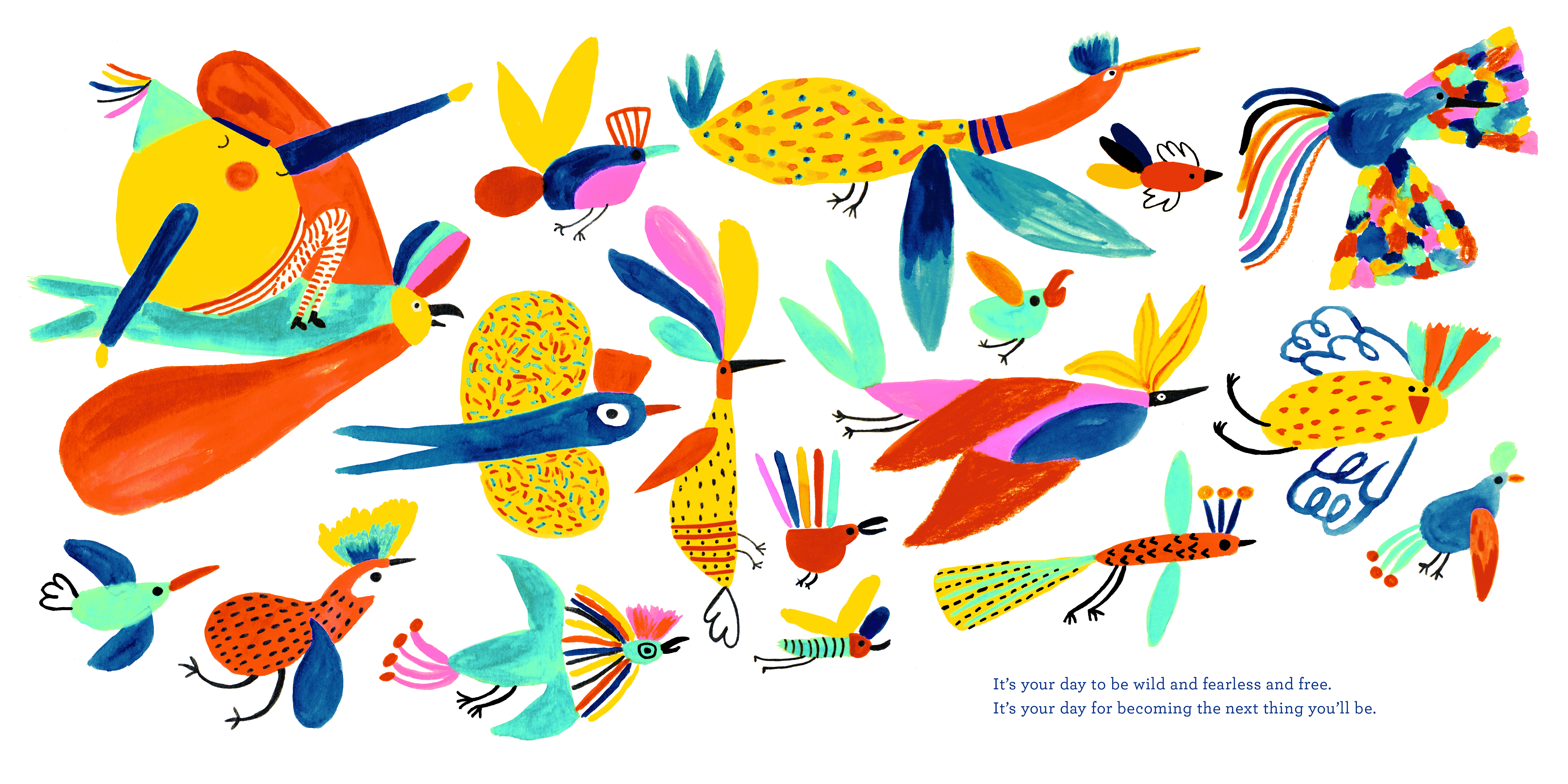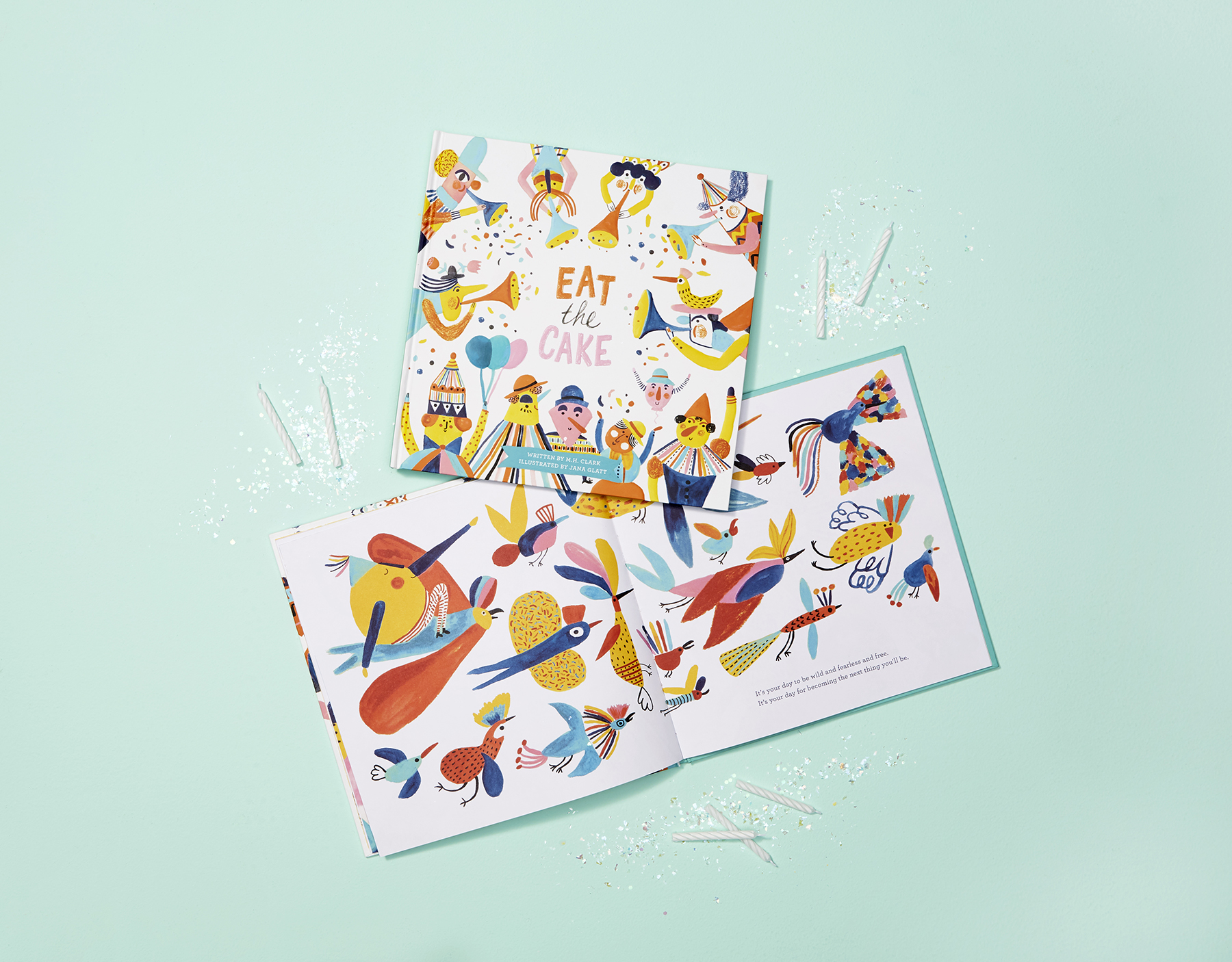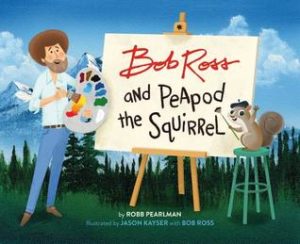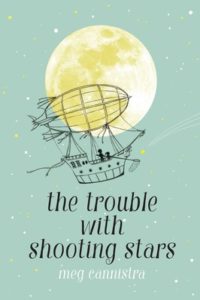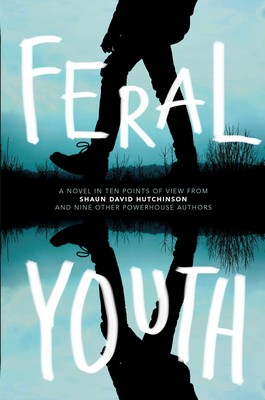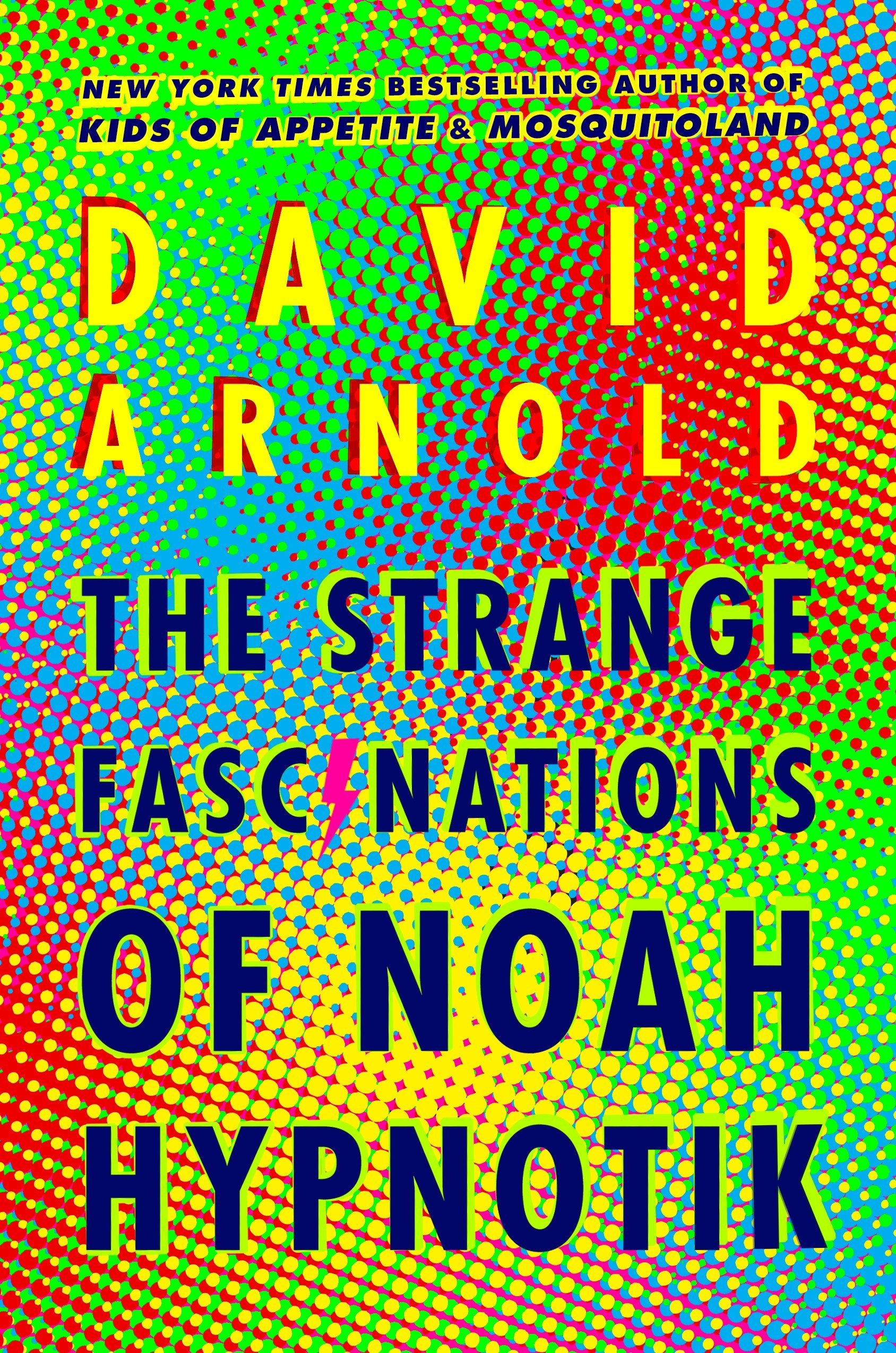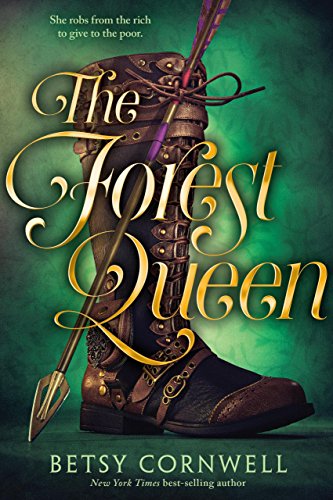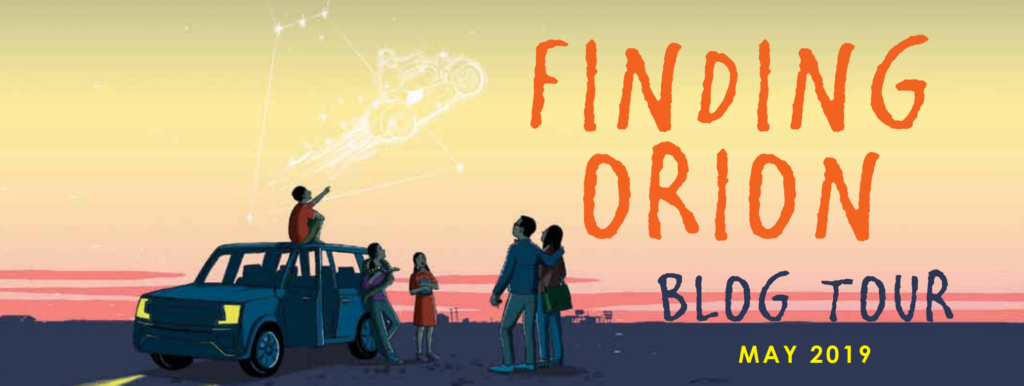
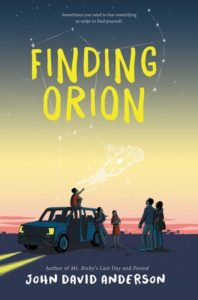
The Lost Girl
Author: Anne Ursu
Published February 12th, 2019 by Walden Pond Press
 Summary: Sometimes you need to lose something in order to find yourself.
Summary: Sometimes you need to lose something in order to find yourself.
Beloved author John David Anderson returns with a heartwarming, heartbreaking and unforgettable story of the true power and limits of family.
Ron Kwirk comes from a rather odd family. His mother named him and his sisters after her favorite constellations, and his father makes funky-flavored jelly beans for a living. One sister acts as if she’s always onstage, and the other is a walking dictionary. But no one in the family is more odd than Rion’s grandfather, Papa Kwirk.
He’s the kind of guy who shows up on his motorcycle only on holidays, handing out crossbows and stuffed squirrels as presents. Rion has always been fascinated by Papa Kwirk, especially since his son—Rion’s father—is the complete opposite. Where Dad is predictable, nerdy, and reassuringly boring, Papa Kwirk is mysterious, dangerous, and cool.
Which is why, when Rion and his family learn of Papa Kwirk’s death and pile into the car to attend his funeral and pay their respects, Rion can’t help but fell that that’s not the end of the story. That there’s so much more to Papa Kwirk to discover.
He doesn’t know how right he is.

About the Author:John David Anderson is the author of some of the most beloved and highly acclaimed books for kids in recent memory, including the New York Times Notable Book Ms. Bixby’s Last Day, Posted, Granted, Sidekicked, and The Dungeoneers. A dedicated root beer connoisseur and chocolate fiend, he lives with his wonderful wife and two frawsome kids in Indianapolis, Indiana. He’s never eaten seven scoops of ice cream in a single sitting, but he thinks it sounds like a terrific idea. You can visit him online at www.johndavidanderson.org.
Praise:
“Readers will be happily swept along by Rion’s first-person narration, which is often amusing, sometimes bemused, and occasionally even tender as he shows how his family was unwittingly drawn together by their shared experience. Anderson offers another original novel written with wit and compassion.” – Booklist
“Humor, plot twists, and quirky characters abound in this earnest middle grade tale of self-discovery.” – School Library Journal
“Eccentric yet believable characters and Rion’s perceptive narration prevent Anderson’s unpredictable tale from feeling overwrought as the relationships between three generations of fathers and sons are rewritten anew.” – Publisher’s Weekly
Review: The characters’ last name says it all: Kwirk. This book is full of quirks. I found the beginning so funny that I had to read it out loud to my son and husband while we were driving, and that was literally and figuratively just the beginning. I have read all but one of Anderson’s books, and reading Finding Orion reminded me again why I enjoy his writing so much: that Anderson does so brilliantly, when he tackles humor, is that he can combine a serious topic (death) with humor and it doesn’t seem far fetched or cheap. It seems perfect.
The cast of characters, though over the top at times, added so much to the story. They are extravagant, a bit weird, and very entertaining. While Rion sometimes found himself just along for the ride, the other characters took the wheel and drove us through the story.
Another winning book for Anderson that I cannot wait to share with my students.
Educators’ Guide:
Discussion Questions:
- When was a time that you felt like an outcast in your family?
- What jelly bean flavor would you want to try? Would never try?
- How did Papa Kwirk’s personality affect how different his son is?
- Rion and his sisters are more alike than he wants to admit. Create only a comparison chart showing how they are alike with text evidence to support it.
- How did the fun-neral change Rion’s perspective on his grandfather?
- How did learning about the whole other life his grandfather have affect Rion?
- What roles did the animals play in the story?
- How is the author’s ability to create quirky characters change the trajectory of the story?
Flagged Passages: Read an excerpt here! It is the first few pages that had me actually laughing out loud while reading it.
Read This If You Love: The Schwa Was Here by Neal Shusterman, Merci Suarez Changes Gears by Meg Medina, Just Like Jackie by Lindsey Stoddard, Death and Douglas by JW Ockler, Ms. Bixby’s Last Day by John David Anderson
Recommended For:


Giveaway!
Don’t miss out on the other stops in the blog tour!
Blog Tour May 6-14, 2019
May 6 Nerdy Book Club
May 7 Bluestocking Thinking
May 8 The Book Monsters
May 9 Maria’s Melange
May 13 This Kid Reviews Books
May 14 Kirsti Call

**Thank you to Walden Pond Press for providing a copy for review and giveaway!**



